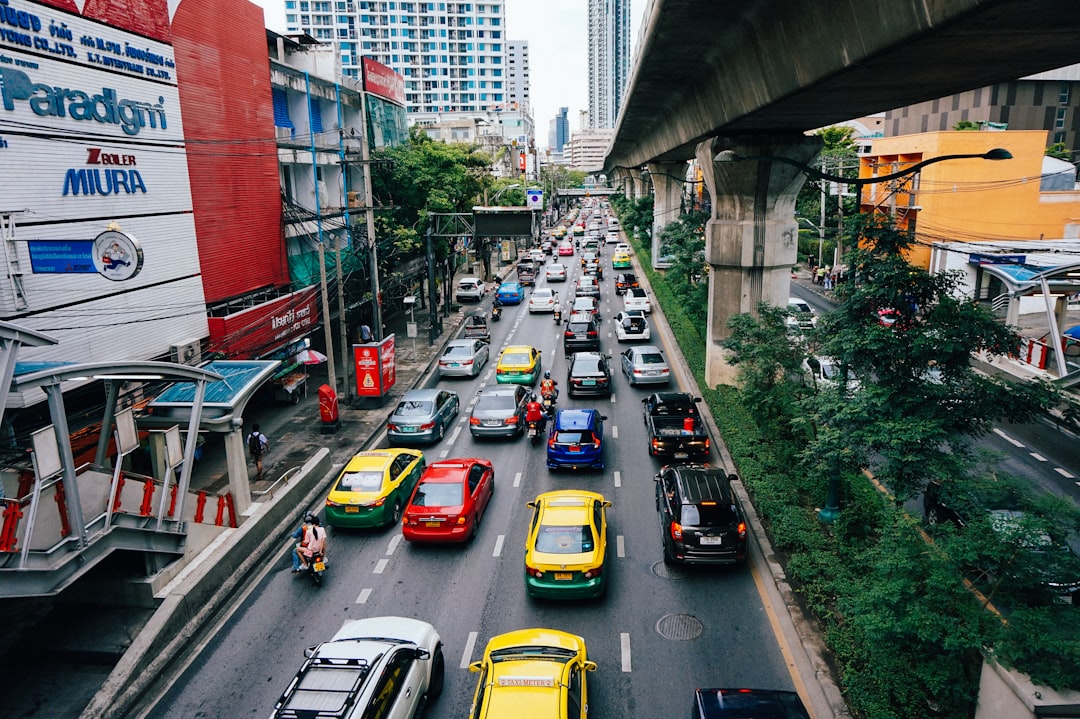What is it about?
El Niño Costero is an abnormal climatic phenomenon that originates when the surface water sea temperature warms up, generating intense rainfall in continental areas. From January to March 2023, this phenomenon has claimed the lives of more than 50 people and has left more than 12 thousand victims in Peru. This recurrent phenomenon damages not only the population but also the economy. In this study, we analyze a banking transactions dataset containing over 100 million transactions made by credit and debit cards in the areas affected by the phenomenon gathered from June 2016 to May 2017. Our main goal is to study the phenomenon's impact on consumption behavior at different granularity levels. Two main results were presented in this paper. On the one hand, coarse-grained analysis shows the presence of the El Niño phenomenon and the recovery time in a given territory. On the other hand, fine-grained analysis reveals a change in individuals' purchasing patterns and merchant relevance as a consequence of the climatic event.
Featured Image

Photo by Vinh Nguyen on Unsplash
Why is it important?
This work can help us better understand how people change their consumption behavior to handle the aftermath of climatic events.
Perspectives
Beyond the case of the El Niño phenomenon, our methodology can help further understand the microscopic dynamics that underpin the societal outcome of climatic events or other type of societal shock.
Vincent Gauthier
TELECOM and Management SudParis
Read the Original
This page is a summary of: Impact of natural disasters on consumer behavior: Case of the 2017 El Niño phenomenon in Peru, PLoS ONE, January 2021, PLOS,
DOI: 10.1371/journal.pone.0244409.
You can read the full text:
Contributors
The following have contributed to this page










